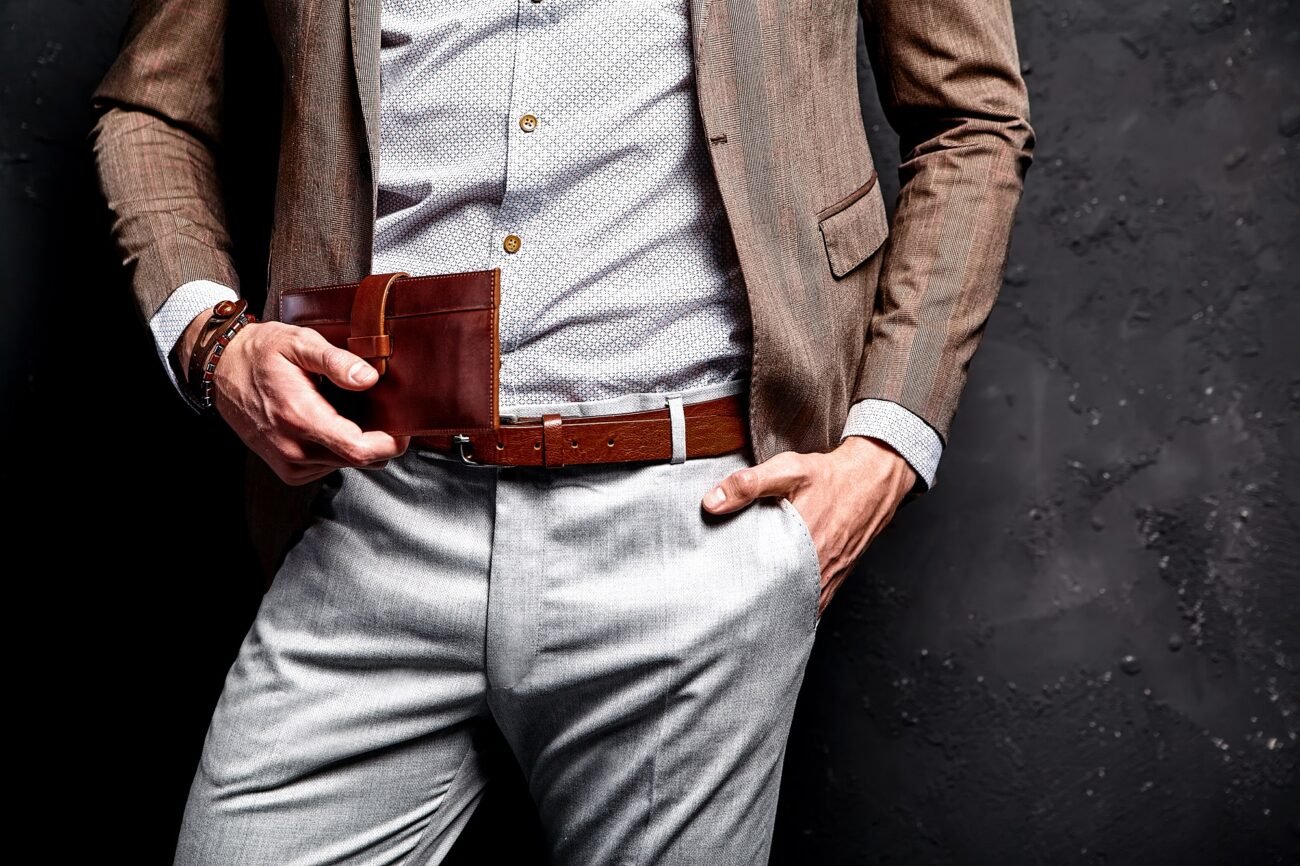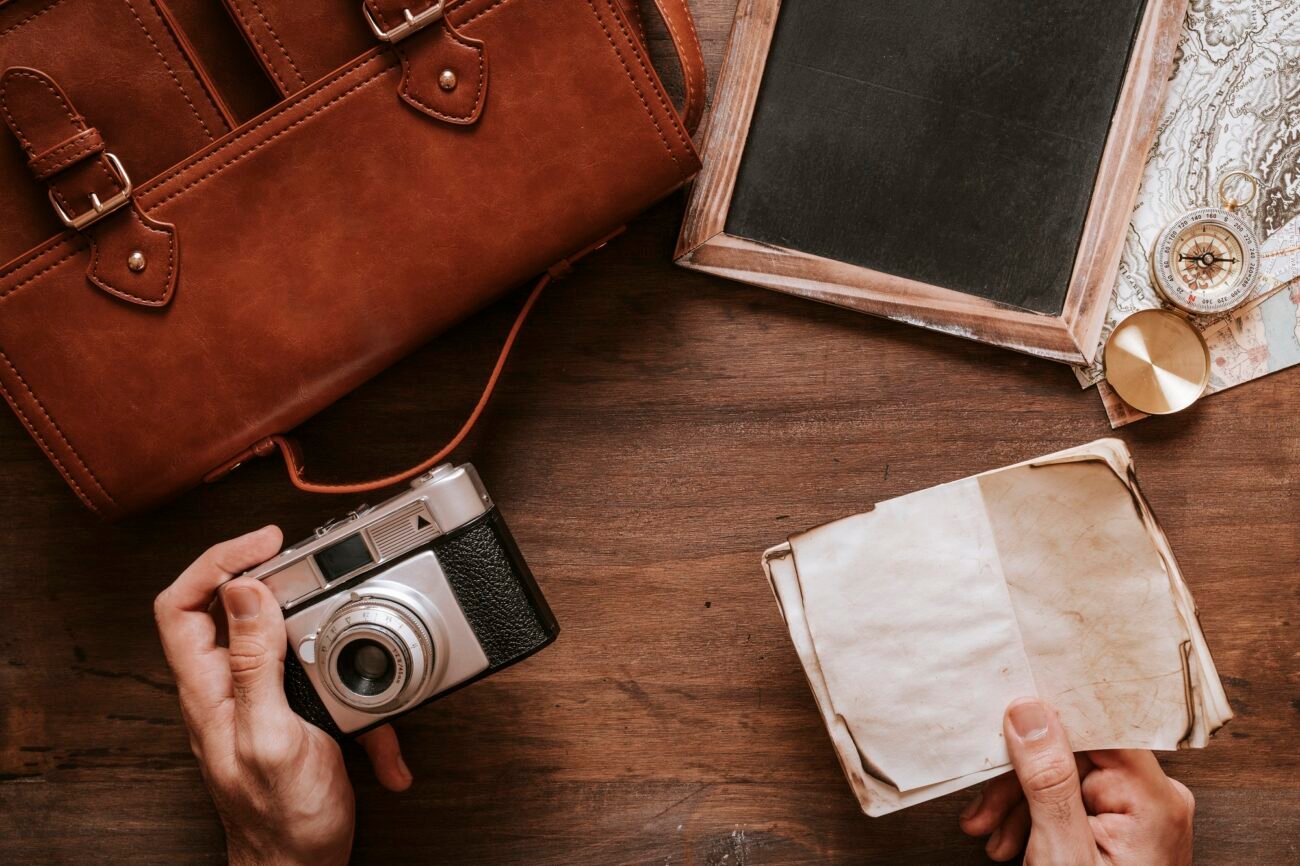A leather wallet is not just a functional accessory; it’s often a statement of style and longevity. But exactly how long can you expect a leather wallet to last? The answer depends on several factors, including the quality of the leather, how it’s used, and how well it’s maintained.
Quality Matters
The lifespan of a leather wallet primarily hinges on the quality of the leather itself. Full-grain leather, which is made from the top layer of the hide and includes all its natural grain, is considered the highest quality and most durable type of leather. Top-grain leather, while slightly less durable than full-grain, is also a good option known for its balance of quality and affordability. Genuine leather, on the other hand, is made from lower-quality leather that has been treated and processed, and it typically doesn’t last as long.
Durability Through Use
Maintenance Tips
Taking care of your leather wallet can significantly extend its lifespan:
- Keep it Clean: Regularly wipe your wallet with a soft, damp cloth to remove dirt and dust.
- Conditioning: Apply a leather conditioner every 6-12 months to keep the leather soft and supple. Conditioning also helps prevent cracking and drying out.
- Avoid Moisture: Keep your wallet away from prolonged exposure to water or direct sunlight, as these can damage the leather.
- Rotate Use: If you have multiple wallets, rotate them periodically to reduce wear and tear on any single wallet.
- Storage: When not in use, store your wallet in a cool, dry place in a breathable bag or pouch to protect it from dust and humidity.






Great article! I really appreciate the clear and detailed insights you’ve provided on this topic. It’s always refreshing to read content that breaks things down so well, making it easy for readers to grasp even complex ideas. I also found the practical tips you’ve shared to be very helpful. Looking forward to more informative posts like this! Keep up the good work!